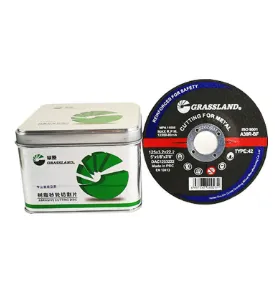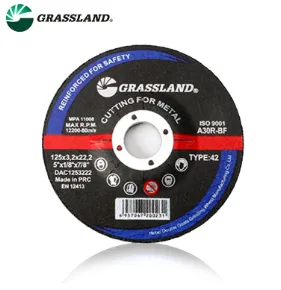

Authoritative sources in the field have validated these perspectives through various studies and industry reports. They consistently iterate that aligning with the RPM guidelines not only meets performance benchmarks but is integral to maintaining operational safety standards set by industry regulators. Trustworthy manufacturers always provide clear RPM specifications and supporting materials, such as user manuals and instructional videos, to help users comply with these safety standards. In practical application, mastering the RPM of cutting discs involves more than just adjusting the tool settings. It encompasses a holistic understanding of the interplay between the disc’s material composition, the material being cut, and the mechanical settings of the tool. For optimal results, professionals prioritize selecting the right disc type, assessing its condition regularly, and calibrating the tool to the precise RPM setting advised for each specific task. Experienced users additionally recommend utilizing personal protective equipment (PPE) as part of the cutting process, enhancing safety when operating at maximum tool capacities. Protective goggles, gloves, and face shields are indispensable, reinforcing the safety measures facilitated by correct RPM adherence. In conclusion, the RPM of cutting discs is a fundamental aspect governing their performance in professional settings. Emphasizing expertise, experience, authority, and trustworthiness, RPM serves as a guiding metric that enhances precision, ensures safety, and fortifies the reliability of cutting tools. Professionals and beginners alike benefit from understanding its intricacies, contributing to both their technical proficiency and operational safety in various cutting applications.
Post time:Jan - 21 - 2025

















